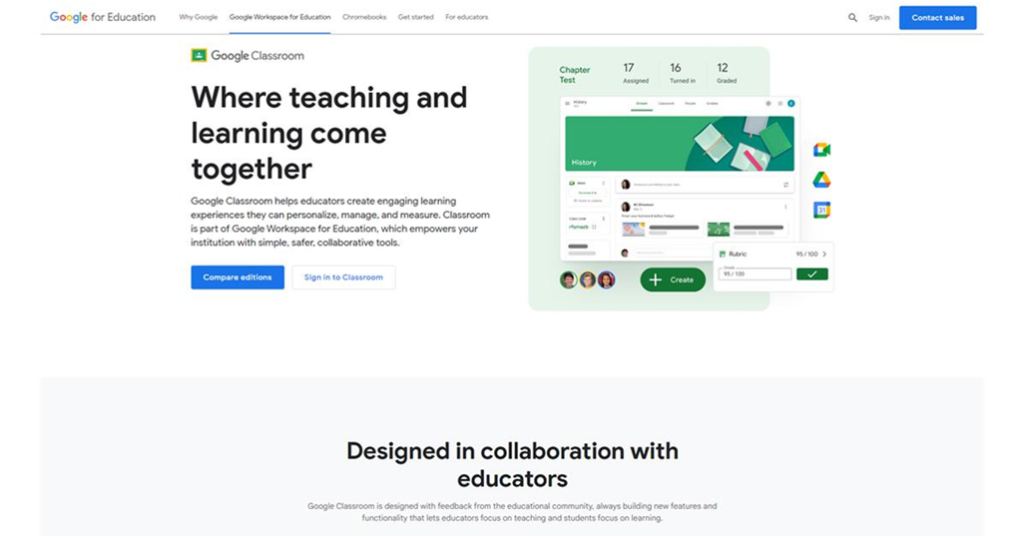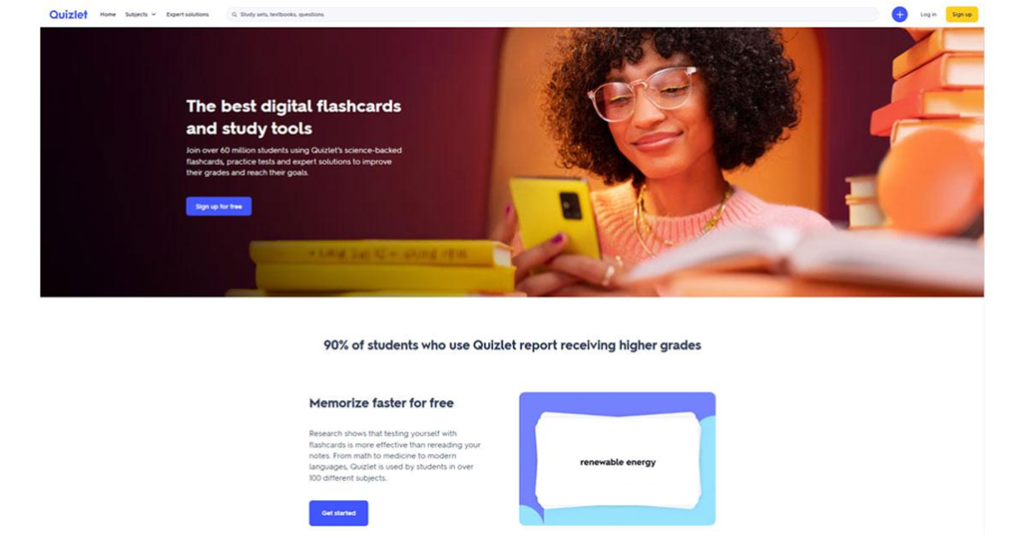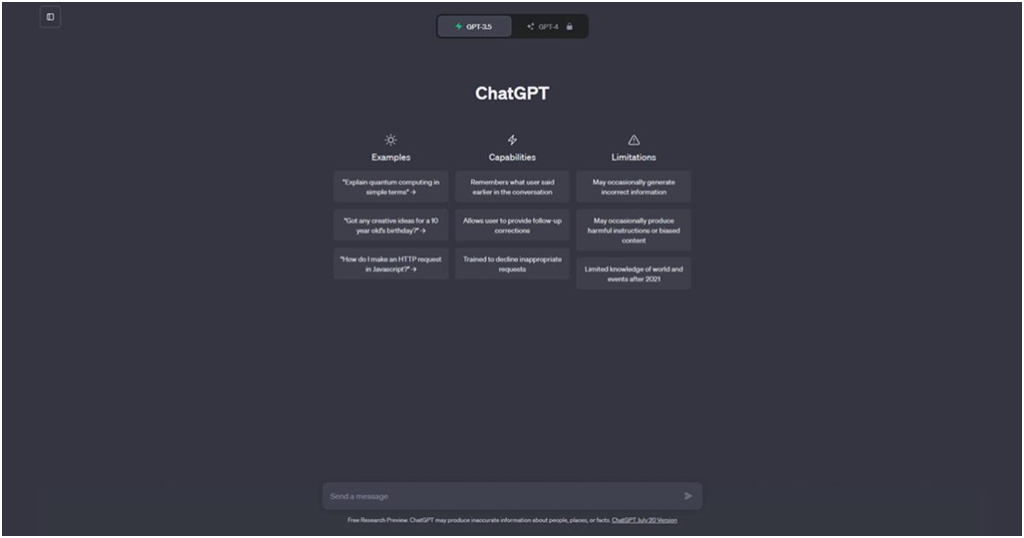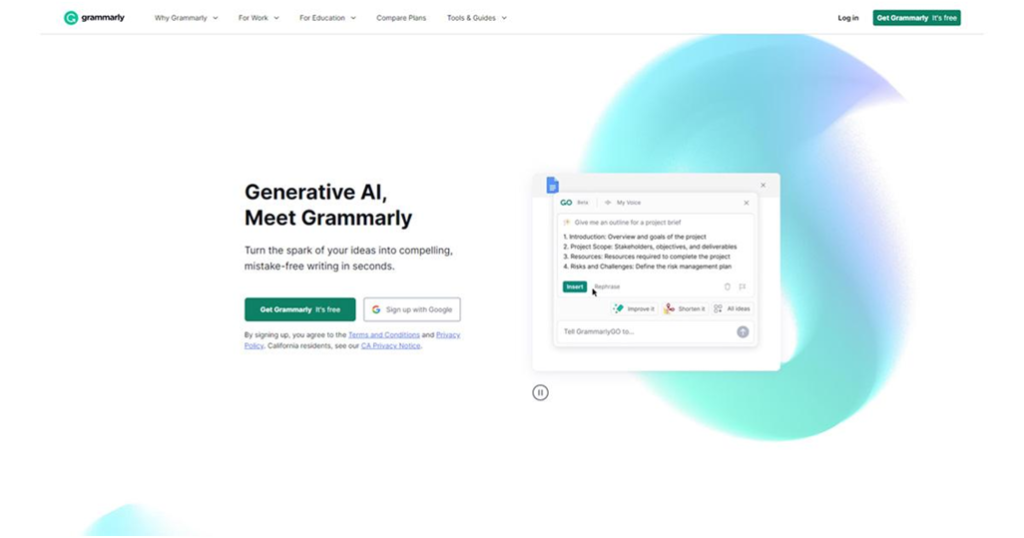Artificial Intelligence (AI) plays a crucial role in education, benefiting students in various ways. AI enables personalized learning experiences by adapting to individual needs, tracking progress, and tailoring instruction. It automates repetitive tasks, freeing up time for students to focus on more complex work. AI tools act as virtual tutors, providing feedback, answering questions, and offering valuable resources. Moreover, AI enhances research capabilities, facilitates collaboration, and helps students develop future-ready skills necessary for an AI-driven world.
However, it is vital to consider the potential drawbacks of AI in education. Over-reliance on AI tools might hinder students’ critical thinking and problem-solving abilities. It may also lead to a lack of human interaction and personalized guidance, which are essential for holistic development. Additionally, privacy and ethical concerns arise when dealing with large amounts of student data and AI algorithms making decisions that impact their educational journey. While AI offers numerous advantages, it is crucial to strike a balance between AI-powered tools and traditional teaching methods to ensure a well-rounded education for students. By doing so, students can harness the benefits of AI while also developing essential human skills.
So now that that’s covered, let us look at the Benefits of using AI Tools in Education.
Benefits of Using AI Tools in Education
The integration of Artificial Intelligence (AI) tools in education has revolutionized the learning landscape, offering numerous benefits to students. By leveraging AI technologies, educators can provide personalized instruction, enhance engagement, and optimize learning outcomes. From intelligent tutoring to automated assessment, AI tools have the potential to transform the educational experience. Having said all that, let’s explore the key benefits of using AI tools in education:
1) Enhanced Engagement
AI-powered educational tools often incorporate interactive elements, gamification, and multimedia to make the learning experience more engaging and enjoyable for students. These tools can offer interactive simulations, virtual reality experiences, and educational games, which not only capture students’ attention but also encourage active participation and a deeper understanding of the subject matter.
2) Personalized Learning
AI tools have the ability to adapt to each student’s unique needs, learning style, and pace. By analyzing individual performance data, AI can provide personalized learning experiences that cater to students’ strengths and weaknesses. This helps students grasp concepts more effectively, as they receive targeted instruction and resources that are specifically tailored to their requirements.
3) Efficient Resource Management
AI algorithms can analyze vast amounts of educational content, such as textbooks, research papers, and online resources. By understanding students’ needs and learning objectives, AI tools can recommend relevant and high-quality resources, saving students time and effort in searching for appropriate materials. This allows students to access a curated collection of resources that are aligned with their specific learning goals.
4) Automated Assessment
AI tools can automate the assessment and grading process for assignments, quizzes, and exams. By using machine learning algorithms, these tools can provide quick and consistent feedback to students, reducing the time and effort required by educators for grading. The automated assessment also enables students to receive prompt feedback, identify areas for improvement, and track their progress more effectively.
5) Intelligent Tutoring
Virtual tutors powered by AI algorithms can provide students immediate feedback, explanations, and guidance. These tutors are available 24/7, enabling students to access assistance whenever they need it. With AI-powered tutoring, students can receive personalized support, ask questions, and gain a better grasp of challenging topics, enhancing their overall learning outcomes.
Top AI Tools for Students in 2023
AI can be used in education for several things, including building interactive virtual classrooms, creating smart content, removing linguistic barriers, closing knowledge gaps, and making lesson plans that fit every student’s needs. In a few years, AI in schools could be worth hundreds of billions of dollars. Its success has been attributed to its potential to revolutionize everything about education.
In order to do this, some forward-thinking businesses are developing AI technology. We’ll explore some of the most useful AI applications for learning:
1) Google Classroom
The best digital learning tool, Google Classroom, offers a cloud-based learning environment so learners of all ages can learn remotely. It’s easy for teachers to submit assignments in documents like .docs and pdfs. After that, students get a notification that they need to complete the task on time. Through Google Meet, teachers can grade assignments, keep a virtual grade book, and offer classroom-style lectures.
With Google Classroom, you can choose from several tiers of features; however, the free tier is also pretty good for those on a budget. Additionally, it’s cross-platform, so students can use it with any device they want, including Chromebooks, laptops, and iOS and Android phones.
2) Quizlet
Quizlet is a study software that uses artificial intelligence to help students retain the information they have learned by using flashcards, games, and quizzes. Besides the study aids and flashcards created by other users, it consists of a vast library of learning resources, including study aids and learning aids.
Using artificial intelligence, Quizlet customizes study regimens based on student performance and development over time. Additionally, it provides a number of study options for students, including one that provides students with the opportunity to practice their ability to spell by typing out words in order to improve their ability to spell. Students who like to study with a bit of fun can make studying a pleasant and interesting experience by using Quizlet’s games option during their studies.
3) ChatGPT
It is another creation produced by Open AI, and it is one of the most popular, sophisticated, and free chatbots we have had a chance to work with, it is hands down one of the best AI tools we have encountered so far. As a matter of fact, you can use this software to write research papers and to come up with answers to a wide range of questions using various prompts. Besides that, it is an open-source software program, which means that it can be used for multiple purposes, including commercial and personal ones, since it is an open-source software program.
As a user of the chatbot, you can ask the chatbot a number of questions and even ask the chatbot to use a specific type of tone when communicating with you as part of the program. There is no doubt that it is one of the best AI tools for students to use to save time and teach faster as it has a wide range of resources to help them learn faster. There is a free GPT-3 module available on their site, but a paid subscription to their GPT-4 module is needed in order to use it. Make your work more productive with this fun and easy AI tool.
4) Removal.AI
We know what you’re thinking. An image background removal tool as a tool for students? Sounds a bit far-fetched, right? Yes, Removal.AI can be a useful tool for students, particularly those involved in graphic design, digital art, or image editing projects. Removal.AI is an AI-powered background removal tool that allows users to easily remove the background from images. It uses advanced machine learning algorithms to accurately detect and remove the background, enabling students to create professional-looking visuals.
For students working on presentations, design projects, or digital art assignments, Removal.AI can save time and effort by automating the background removal process. This tool eliminates the need for manual selection or complex editing techniques, making it accessible and user-friendly, even for students with limited experience in image editing.
5) Coursera
Coursera’s an online learning network that offers classes from prestigious institutions and universities. You can choose from more than 4,000 classes and specializations in subjects like business, humanities, and computer science.
Coursera uses artificial intelligence to recommend courses based on student interests and learning preferences, which makes learning more personalized. Students get valuable feedback on tests and quizzes with AI. Coursera’s flexible learning paradigm lets students study when it’s convenient for them. A certificate is given to students at the end of each course, so they can add it to their LinkedIn profile or resume.
6) Grammarly
Using artificial intelligence, Grammarly checks your grammar, spelling, and punctuation in real-time. The Grammarly accessibility extensions work on desktops, mobile, and browsers. With seamless integration with Google Docs, Gmail, and Microsoft Word, it amplifies its convenience and functionality.
Grammarly also has a plagiarism detection feature that lets you spot and fix instances of plagiarism in your text. With Grammarly, students can enhance their writing skills and submit projects that are error-free and plagiarism-free.
How to Choose the Right AI Tool for Your Needs
Choosing the right AI tool for your needs requires careful consideration and evaluation of several factors. Here are some steps to help you make an informed decision:
1. Identify your specific needs: Clearly define the purpose for which you require an AI tool. Determine the specific tasks or challenges you aim to address and the goals you want to achieve. Understanding your needs will help you narrow down the options and focus on tools that align with your requirements.
2. Research available tools: Conduct thorough research to identify AI tools that are relevant to your needs. Explore online resources, read reviews, and seek recommendations from trusted sources such as educators or professionals in the field. Pay attention to the tool’s features, functionality, ease of use, and compatibility with your existing systems or devices.
3. Assess tool capabilities: Evaluate the capabilities of each AI tool you are considering. Look for features that directly address your needs and consider how effectively the tool performs those tasks. Check if the tool offers customization options, scalability, or integration with other software or platforms, as these factors can enhance its usefulness.
4. Consider user-friendliness: Evaluate the user interface and ease of use of the tool. Consider whether it has a user-friendly design, intuitive navigation, and clear documentation or tutorials. A tool that is easy to understand and navigate can save time and reduce the learning curve.
5. Check for reliability and support: Look for AI tools from reputable providers with a track record of reliability and quality. Consider the tool’s stability, performance, and customer support. Ensure that the provider offers regular updates and addresses any issues promptly.
6. Cost considerations: Assess the pricing model of the AI tool. Determine if it is a one-time purchase, subscription-based, or freemium model. Consider whether the cost aligns with the value and benefits you expect to derive from the tool. Take into account any potential additional costs, such as training or technical support.
7. Trial or demo period: Whenever possible, take advantage of trial or demo periods offered by AI tool providers. Testing the tool firsthand allows you to assess its functionality, user experience, and compatibility with your needs before committing to a purchase.
8. Seek feedback and reviews: Read reviews and seek feedback from other users who have used the AI tool you are considering. Their insights and experiences can provide valuable information to help you make an informed decision.
By following these steps, you can evaluate AI tools effectively and choose the one that best aligns with your needs, providing you with the desired functionality, usability, and value.
Pros and Cons of Using AI Tools in Education
AI tools in education bring several advantages, but they also present challenges. On the positive side, AI tools offer personalized learning experiences tailored to individual student needs, fostering engagement and understanding. AI-powered virtual tutors and intelligent tutoring systems provide immediate feedback and guidance, supporting student academic growth. Automation of tasks such as grading and assessment saves educators time, enabling them to focus on personalized instruction. AI tools also generate valuable insights from educational data, helping educators make data-informed decisions and tailor instruction. Collaborative learning is facilitated through AI-powered platforms, promoting teamwork and communication skills among students.
However, there are also considerations to bear in mind. AI tools may have limitations in understanding complex contexts or individual learning nuances. Privacy and security concerns arise regarding the collection and analysis of student data, necessitating robust safeguards. Integrating AI tools requires proper planning, investment in infrastructure, training, and ongoing support. Additionally, it is crucial to strike a balance between AI tools and human interaction. While AI can provide valuable support, skilled educators play a critical role in fostering critical thinking, creativity, and social-emotional development in students.
In summary, AI tools in education offer personalized learning, task automation, data-driven insights, and collaborative learning opportunities. Challenges include limitations in understanding complexity, data privacy concerns, infrastructure and support requirements, and the importance of maintaining a balance with human interaction. Educators and institutions must carefully consider these pros and cons when integrating AI tools into educational settings to ensure their effective and responsible use.
Conclusion
The integration of AI tools in education brings personalized learning, task automation, data-driven insights, and collaborative opportunities. While there are challenges to consider, such as understanding complexity and addressing privacy concerns, it is important to stay informed about the latest AI advancements. By responsibly exploring the wide range of available options, students, educators, and institutions can unlock new possibilities and create a more personalized and efficient learning environment, preparing students for success in the digital era.












